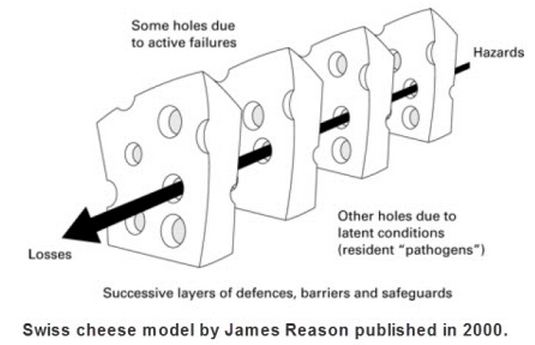When we report on serious accidents or fatalities on wildfires, we always try to obtain a copy of the official investigation report from the jurisdiction involved. But for the incidents on federal land at least, and on other lands in most of the western states, the responsible organizations almost always make the report available freely and conveniently, usually on the internet.
The primary reason to distribute accident reports as widely as possible is to reduce the chance of similar accidents. We call these “lessons learned”. There are entire organizations and web sites devoted to this concept, such as the Wildland Fire Lessons Learned Center, the U.S. Army’s Center for Army Lessons Learned, and the Department of Homeland Security’s Lessons Learned Information Sharing site. We put together the document titled Infamous Wildland Fires Around the World, which is a partial list, by date of the year, of some of the more famous, or infamous, multiple fatality wildland fires around the world over the last 150 years. We hope that firefighters will remember these accidents and the lessons learned from them.
But it is much more likely that mistakes made on fires in Nebraska will be repeated.
When we searched for an official report about the triple fatality on the April 28, 2011 prescribed fire near Trenton, Nebraska, we came up with nothing. We linked to a pretty good newspaper report, and asked if our readers were aware of an official report on the incident. One them told us that there was a multi-step process that involved many exchanges via snail mail to get a copy of a fire accident report in Nebraska. And it usually takes about a month, they said.
We called Jim Heine, the Assistant Fire Marshal in Nebraska and asked him how to obtain a copy of a report. He said it was a “simple one-step process”. But it turns out that there are five six steps.
- Complete an application form to request the report. The form can be downloaded from the Fire Marshal’s web site, printed, and completed by hand.
- Send it to the Fire Marshal’s office by fax or by snail mail.
- The agency’s legal counsel reviews the request. If it is approved….
- The Fire Marshal’s office sends you an invoice.
- You send the Fire Marshal’s office the payment for the report (a typical fee is $3.50).
- The Fire Marshal’s office snail mails you the report.
We asked Mr. Heine why the reports were not available on the internet. He said “If you had a family member who died on a fire would you want the report to be public?”
We have heard of many family members who had loved ones that died on a fire who are vehement that the circumstances and lessons learned become public. They would like to prevent other families from losing a loved one and going through the same pain and suffering. Two recent examples that come to mind are the CR 337 fire in Texas last year and the Carson Helicopter crash in 2008 on the Iron Complex fire near Weaverville, California.
Lynette Hamm’s son, Caleb Hamm, passed away on the CR 337 fire in Texas last July. When told about Nebraska’s policy on accident reports, she said:
I can only surmise Mr. Heine has never lost a loved one before. If so, I believe he would want to get to the bottom of it, however it happened, and have those findings available for future training. If the firefighting community really wants to learn from past mistakes/accidents, wouldn’t we want those reports to be made available to everyone in the hopes of preventing another occurrence? I would think so.
Nina Charlson’s son, Scott Charlson, died along with eight other firefighters and air crew members in a helicopter crash on the Iron Complex (or Iron 44) fire in 2008. Ms. Charlson has been very active in following up on the investigations of the accident. When she and family members of other firefighters attended a National Transportation Safety Board forum in November, she released a statement that included the following:
…We cannot bring our loved ones back but if we can stand up for safety changes for future passengers – that is what we want to do.
When told about Nebraska’s policy, she replied in part:
I think it is reasonable that if the victims families did not want to have details made public (maybe their firefighter made a stupid mistake) they could request it – but still firefighters should have the information for future safety measures.
The purpose for any future actions of the Iron 44 families part is definitely for the purpose of safety.




